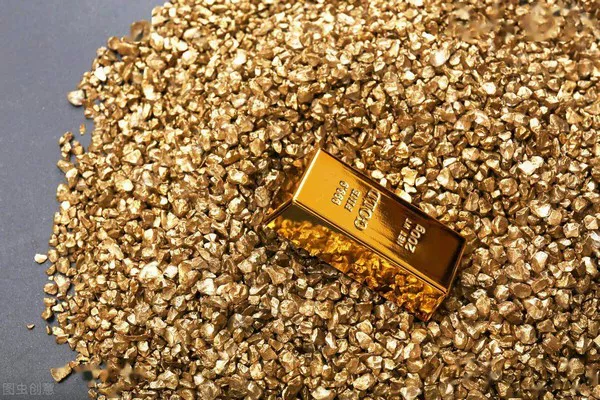925 silver, also known as sterling silver, has gained immense popularity as a preferred choice for jewelry and various decorative items due to its timeless appeal and exceptional durability. Its allure lies in the perfect balance between purity and strength. In this comprehensive article, we will delve deeper into the characteristics, benefits, potential drawbacks, and historical significance of 925 silver, shedding light on its position as a reliable and sought-after material in the world of jewelry.
Understanding 925 Silver:
925 silver is an alloy composed of 92.5% pure silver and 7.5% other metals, typically copper. The term “925” originates from the fact that the alloy consists of 925 parts silver out of a thousand, or 92.5% silver. This mixture is chosen to enhance the durability and strength of the silver, as pure silver alone is too soft for most practical applications.
Advantages of 925 Silver:
- Durability:
One of the key advantages of 925 silver is its exceptional durability. The addition of other metals, particularly copper, lends strength to the silver, making it more suitable for everyday wear and tear compared to pure silver. This property ensures that 925 silver jewelry can withstand the rigors of daily use without losing its shape or succumbing to damage easily.
- Tarnish Resistance:
Tarnishing is a common concern with silver jewelry. However, 925 silver is more resistant to tarnish due to the presence of copper. Copper helps slow down the oxidation process, preventing the jewelry from developing a dull and discolored appearance. With proper care, 925 silver jewelry can retain its brilliant shine for an extended period.
- Wide Variety of Designs:
925 silver offers an extensive range of design options, allowing artisans and designers to create intricate and exquisite jewelry pieces. Its versatility enables the incorporation of gemstones, pearls, or other precious materials, making it an ideal choice for various styles and occasions. Whether it’s classic, contemporary, or bold designs, 925 silver provides endless possibilities for creativity and self-expression.
- Hypoallergenic Properties:
Unlike some other metals, such as nickel or brass, 925 silver is generally hypoallergenic. People with sensitive skin can wear jewelry made from 925 silver without experiencing adverse reactions, making it a safer option for those prone to allergies. This characteristic ensures that individuals can enjoy the beauty of silver jewelry without worrying about skin irritations or discomfort.
- Longevity:
With proper care, 925 silver jewelry can last a lifetime. Its durability and resistance to tarnish make it an excellent investment that retains its value over time. Quality pieces can be passed down through generations, serving as heirlooms with sentimental and monetary worth. The longevity of 925 silver ensures that it remains a cherished possession, creating lasting memories for families and individuals.
Potential Drawbacks:
- Copper Content:
Although the copper content in 925 silver enhances its strength, it can also lead to tarnishing when exposed to certain environmental conditions or chemicals. However, regular cleaning and proper storage can mitigate this issue, ensuring the jewelry remains radiant. Simple practices like polishing the jewelry with a soft cloth and avoiding exposure to harsh chemicals can help maintain its luster.
- Maintenance:
While 925 silver requires less maintenance than pure silver, it still needs periodic cleaning and care to preserve its luster. Over time, silver jewelry may develop a patina or darkened areas due to exposure to air and moisture. However, this can be easily rectified by using specialized silver cleaning solutions or gentle polishing techniques. Storing 925 silver jewelry in airtight containers or anti-tarnish bags can also help minimize the need for frequent cleaning.
Historical Significance:
The use of silver in jewelry dates back centuries, with sterling silver emerging as a popular choice during the 12th century in Europe. Its durability, beauty, and association with wealth and status made it a favored material for kings, queens, and nobles. The term “sterling” itself can be traced to the Norman era, originating from the Old Norman word “esterlin,” meaning little star. Today, 925 silver continues to carry the legacy of elegance and sophistication, adding a touch of refinement to modern fashion and style.
Conclusion:
925 silver, with its exceptional blend of purity, strength, and beauty, has rightfully earned its reputation as a good quality material for jewelry. Its durability, tarnish resistance, versatility, hypoallergenic properties, and potential for longevity make it a favorite choice among jewelry enthusiasts. While it may require occasional maintenance, the elegance and charm it adds to any outfit or occasion make it a worthwhile investment. Embrace the allure of 925 silver, and enjoy the timeless beauty it brings to your life. Let its radiance illuminate your personal style for years to come, as you embark on a journey of everlasting elegance.


